National Forests are the largest single source of water in California
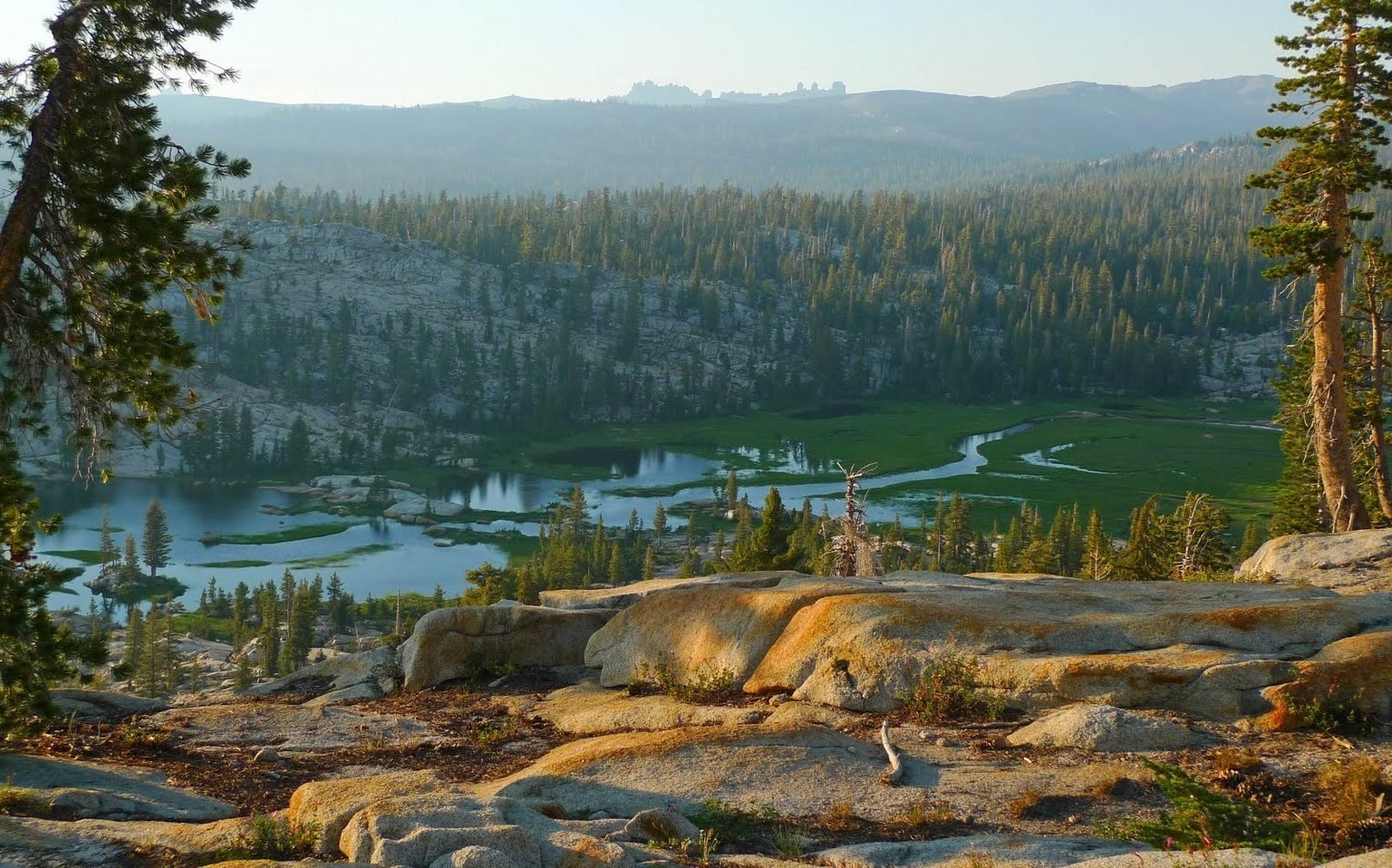
Photo by Richard Chimenti
Stanislaus National Forest
California’s vast Sierra Nevada mountains act like a giant sponge that squeeze moisture from the clouds drifting eastward from the Pacific Ocean. The forests that flank these then mountains capture and filter rain and snow before it reaches streams, rivers and aquifers. Many of our National Forests, which cover more than 20 million acres of the state, are located in higher elevation areas and play a large role in capturing precipitation. California’s National Forests supply 65 percent of the state’s water while occupying only 20 percent of the total land area.
Solutions DO exist
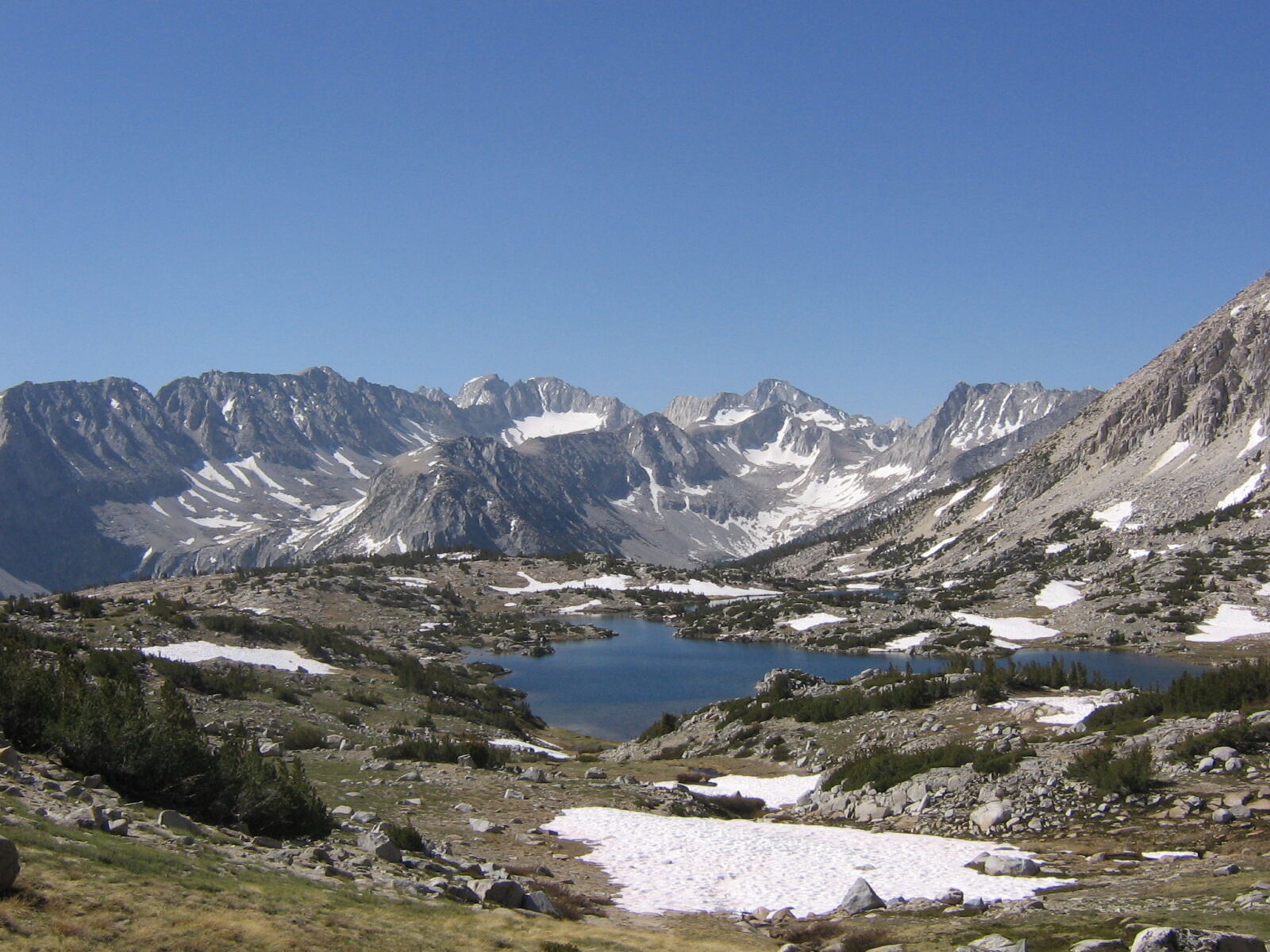
Inyo National Forest
With national attention on California’s record drought, decision-makers and the public are racing to find solutions. While leaders have implemented water conservation measures and engineers are exploring infrastructure solutions, little attention has been given to the source of California’s water – National Forest headwaters.
Many of these forested watersheds can benefit from sound forest management practices such as prescriptive forest thinning and controlled low-intensity fire. Restoring high mountain meadows helps restore wildlife habitat and increase water availability. Decommissioning defunct forest roads helps restore vital habitat and improve water quality downstream. If we look upstream, we can find a number of attainable solutions to California’s water crisis.
A day—or even a month—of rain does not end the drought
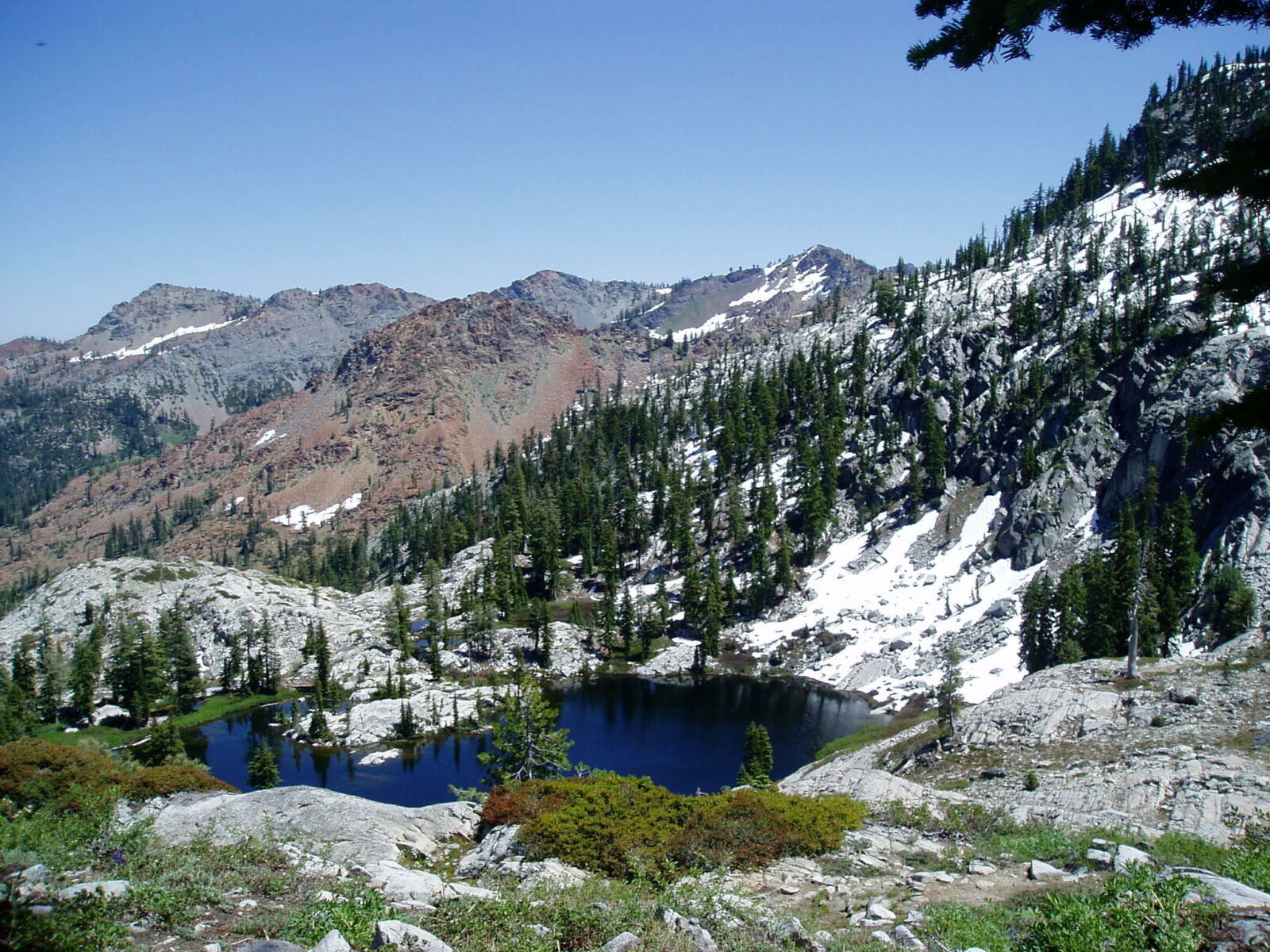
Shasta-Trinity National Forest
Climate change rhetoric has complicated the difference between weather and climate. For example: how can we be experiencing global warming if it snowed yesterday?! While counterintuitive at first, there is a difference between weather (a single event) and climate (prevailing weather patterns over a long period of time). So, the next time it rains in California, it doesn’t mean that the drought is over. In fact, a study published in 2014 concluded that it would take 11 trillion gallons of water to recover from the drought, an amount of water that would take years to recover with “normal” precipitation patterns.
Mega-fires threaten our water sources
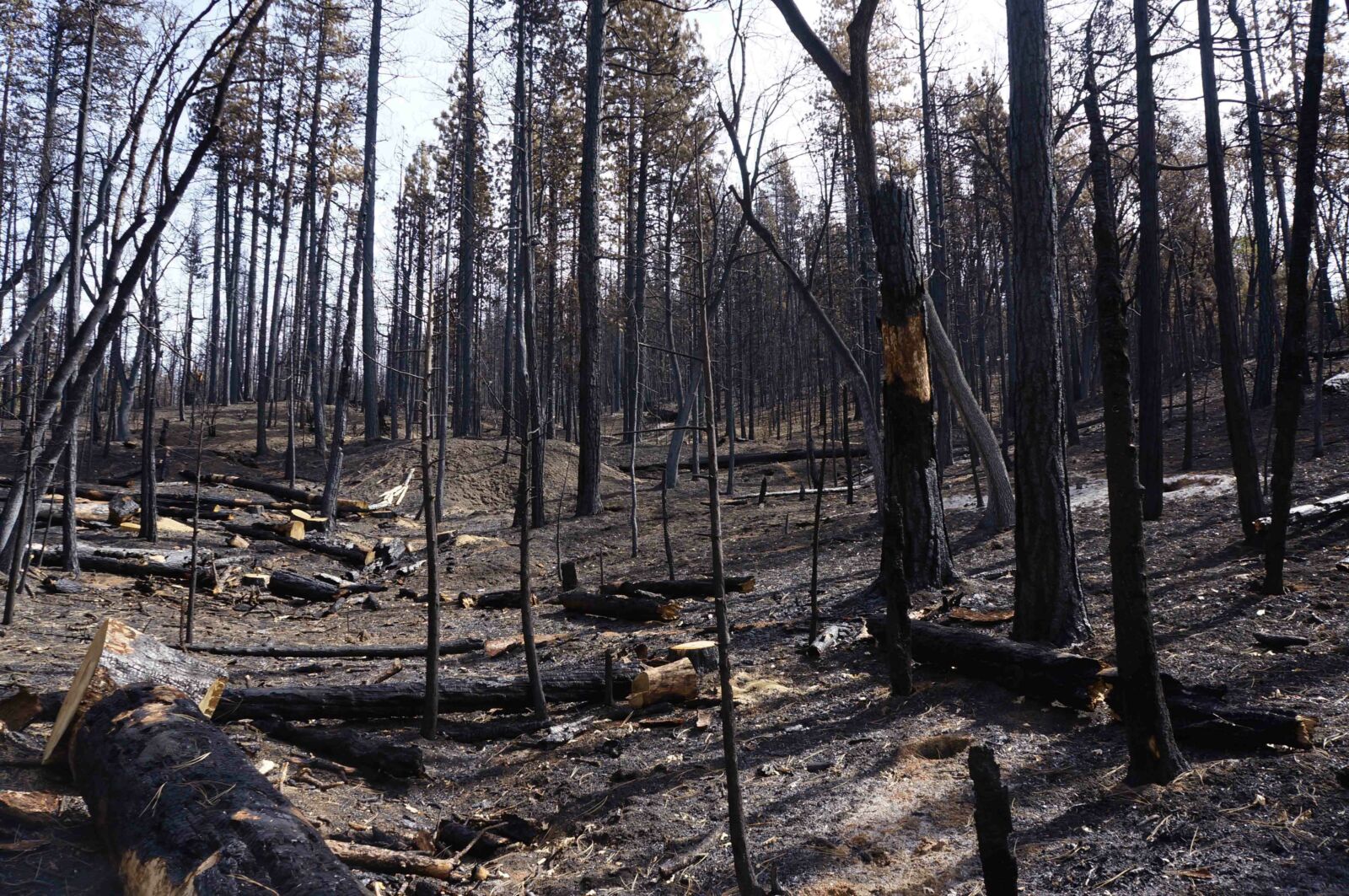
Destruction after the Rim Fire.
Many National Forests in California suffer from poor forest health. Overcrowded conditions (meaning an unnaturally high number of trees per acre), disease and insect infestations, and drought-related mortality all make our forests more vulnerable to uncharacteristically severe wildfire (mega-fires). Mega-fires pose a significant threat to the state’s water resources – causing sedimentation that reduces water quality and is costly to treat. A 2002 wildfire on the Pike National Forest outside of Denver caused severe sedimentation in a downstream reservoir that compromised the city’s water filtration abilities, costing more than $17 million to remove.
Many communities and large cities in California are just as vulnerable. The Mokelumne River watershed on the Sierra Nevada’s west slope provides 90 percent of the water supply for the 1.2 million residents of the East Bay Area. If a fire were to sweep across the upper reaches of the Mokelumne, water quality would be severely impaired for millions and water supply costs would likely increase significantly.
Individual citizens can make a difference
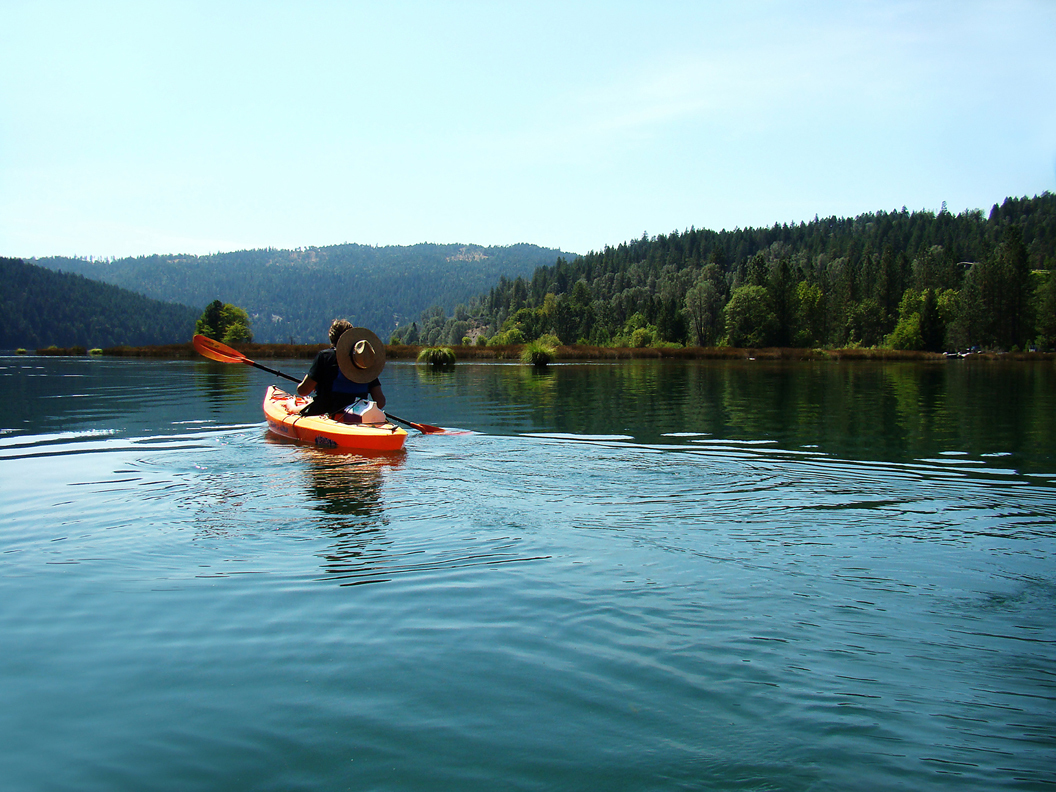
Paddling on the Shasta-Trinity National Forest.
Although the solution to California’s water crisis will involve policy, technology, infrastructure and more there are small things that everyday citizens can do to improve our water situation. Limiting your water use as much as possible is a great first step. Already taking quick showers and warmed up to the look of your brown lawn? Then take it a step further by learning where your water comes from. Are there National Forests near your town or city? Take a weekend day to explore the National Forest in your backyard and learn why it’s important to take care of our backyard forests.
LEARN MORE ABOUT NATIONAL FORESTS AND OUR WATER.
LEARN MORE ABOUT THE NFF'S CALIFORNIA PROGRAM.

